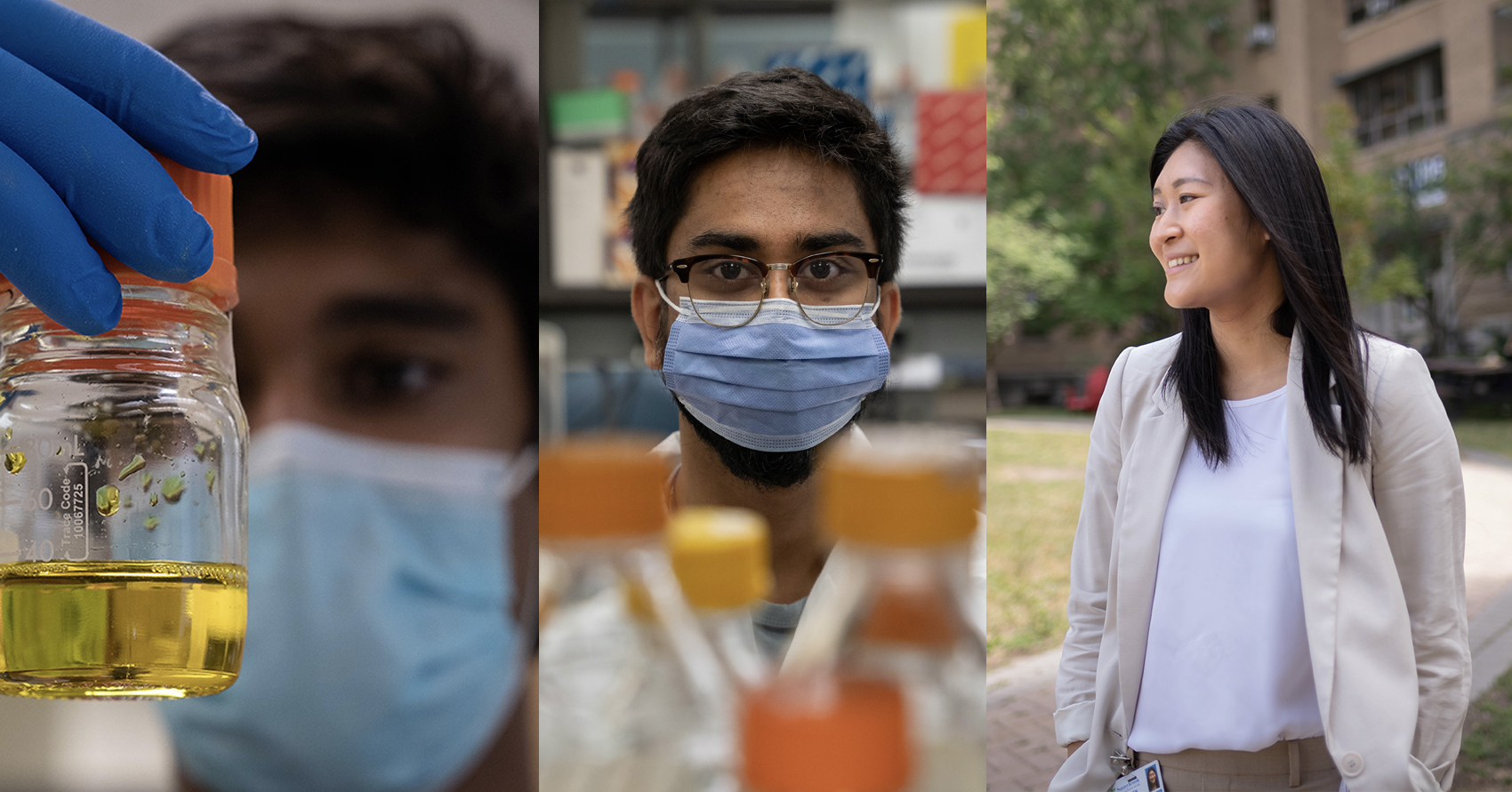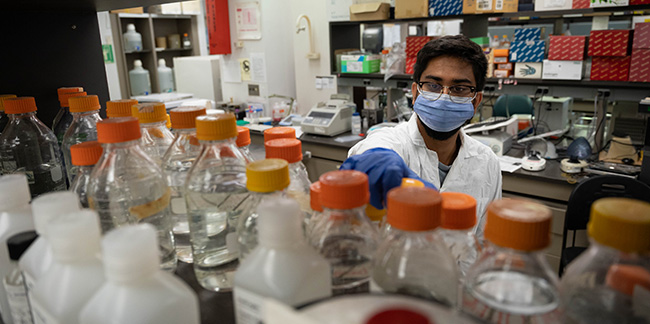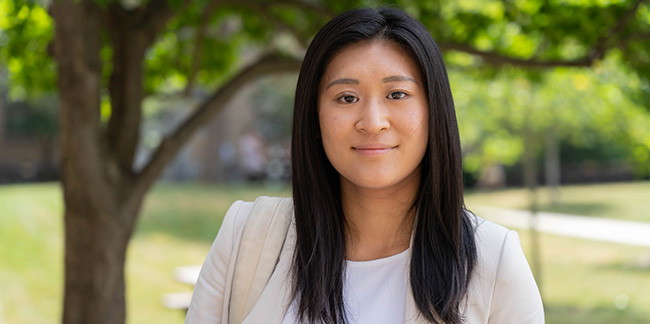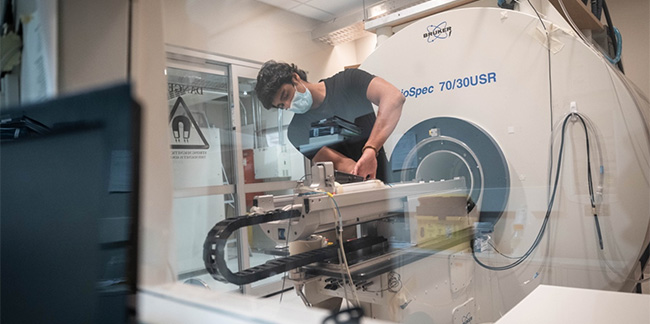Summer of Science: Meet some of this year’s research students

Throughout the summer months, Sunnybrook Research Institute (SRI) provides undergraduate students with a unique hospital-based research experience through the Summer Student Research Program. Students work alongside renowned SRI scientists on a research project, attend weekly seminars about the research happening at Sunnybrook, and present their work at a poster competition in August.
This summer, SRI welcomed over 130 students as part of the program, which runs from May to August. Meet three of this year’s summer students below.
Talha Majeed, Summer Student in Dr. Burton Yang’s Lab

While researching summer student opportunities, a novel concept caught Talha Majeed’s attention.
“I read how Dr. Burton Yang’s group was studying circular RNAs and their role in tissue remodeling and repair,” says Talha, a fourth-year Life Sciences student at the University of Toronto. “The concept of circular RNAs was unfamiliar to me, but that’s partly why it intrigued me.”
Circular RNAs play important roles in many cellular processes, and have been found to be linked to various diseases.
Now a summer student in senior biologist Dr. Yang’s lab, Talha is part of a research effort to leverage circular RNAs to develop a treatment that could accelerate wound healing.
“Preliminary results have shown that silencing of some circular RNAs increases the speed at which wounds heal,” says Talha. “Creating a treatment to accelerate wound healing could reduce risk of infections and complications for patients.”
Talha was initially planning to study medicine after his undergrad, but says his recent experience in the lab has motivated him to potentially pursue a master’s or PhD.
“I’m interested in research and teaching, and I'm excited to see where my passion for biology will take me.”
Monica Yuen, Summer Student in Dr. Natalie Coburn’s Lab

After losing her mother to gastric cancer three years ago, Monica Yuen was motivated to help improve the cancer care system for future patients and their families. She reached out to Sunnybrook scientist and surgeon, Dr. Natalie Coburn, whose clinical and research expertise focuses on improving surgical outcomes and care for upper gastrointestinal cancers.
This summer Monica, now about to begin her Master’s of Public Health in Epidemiology, joined Dr. Coburn’s team as a summer research student. Their team is focused on developing a new online platform —OurCancerCareTools— that will help predict personalized risk information for cancer patients, caregivers, and healthcare providers across Canada.
“We’re looking at outcomes that matter to patients beyond survival — like quality of life, symptom control and personal independence — so patients and their families feel empowered to engage in informed decision making,” says Monica. “This summer, I’m focused on developing questions for the predictive risk calculators we’ll be using and I’ll also be ensuring the tools are user-friendly and accessible through a piloted survey”
Monica says the experience so far has given her a head-start on her graduate education.
“I’ve learned to review and summarize scientific literature in a patient-friendly manner,” says Monica. “Conducting research is important, but clear and concise scientific communication so that it can be understood and implemented is just as critical. That’s an important lesson that I’ll take with me throughout my education and career.”
Ved Hatolkar, Summer Student in Dr. Jamie Near’s Lab

When Ved Hatolkar stepped into Dr. Jamie Near’s lab at SRI, he felt like his years of learning seemingly abstract concepts in the classroom were beginning to pay off.
“All the way from kindergarten to undergrad, you learn these discrete things like how to graph a line or what makes up a cell,” says Ved, a second-year Health Sciences student at Queen’s University. “You eventually learn to integrate those concepts into more significant, applicable ideas. Working at SRI this summer, I am applying what I have learned and introducing myself to the fundamentals of medical imaging to gain a deeper understanding of the field.”
Ved, an aspiring medical student, is working alongside Dr. Jamie Near, a scientist in Physical Sciences, and his team to investigate a possible alternative mechanism for Alzheimer’s disease. “We’re interested in free choline concentration in the brain and the role it might play in the development of Alzheimer’s disease.”
The work involves preclinical research and developing new magnetic resonance imaging techniques for characterizing brain chemistry and metabolism.
“Before coming here, I had zero coding experience,” says Ved. “Everyone in the lab has been super patient and kind in helping me. I feel motivated to continue to follow my passion in science.”



